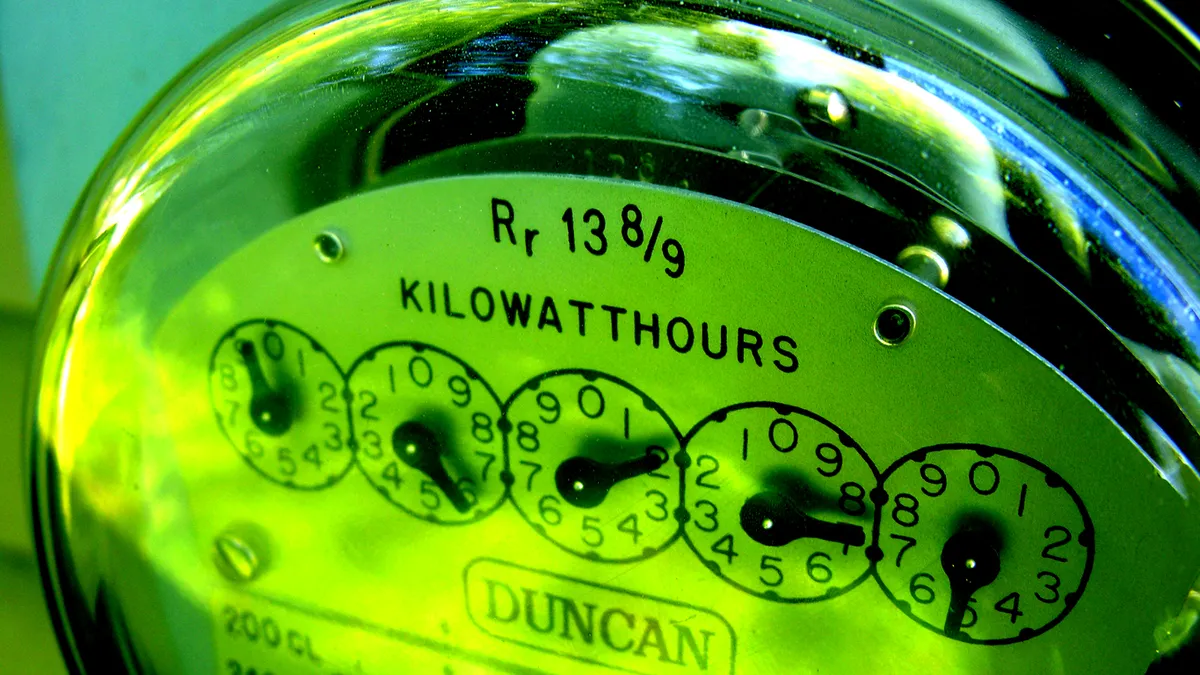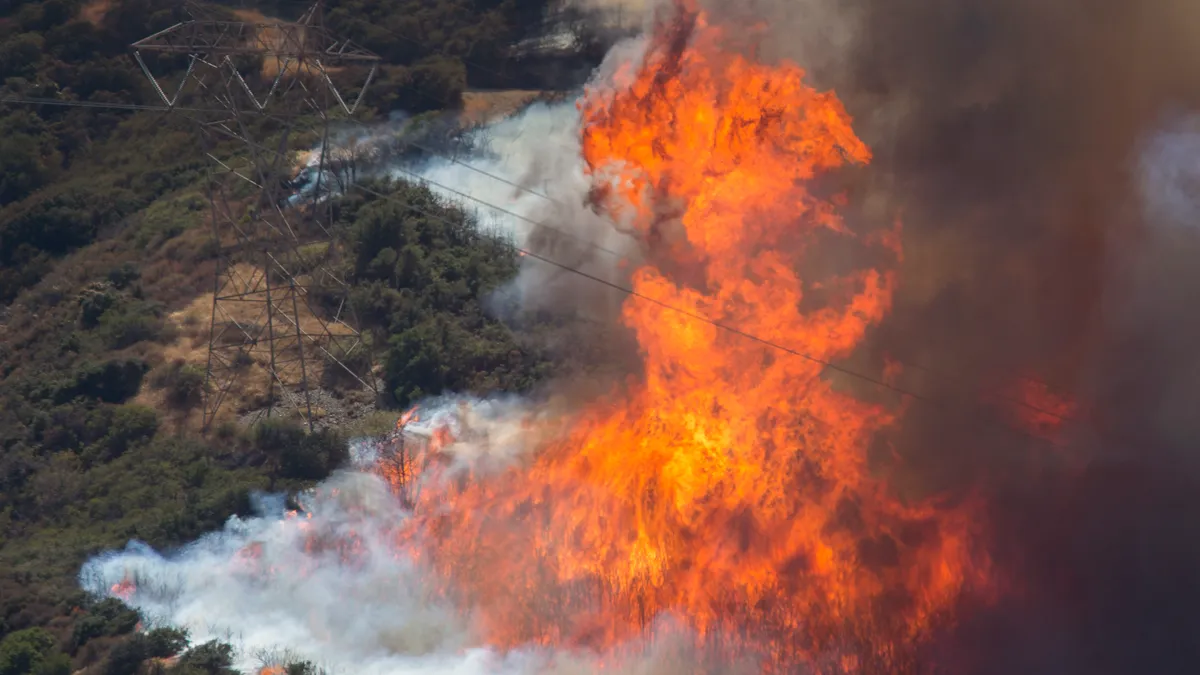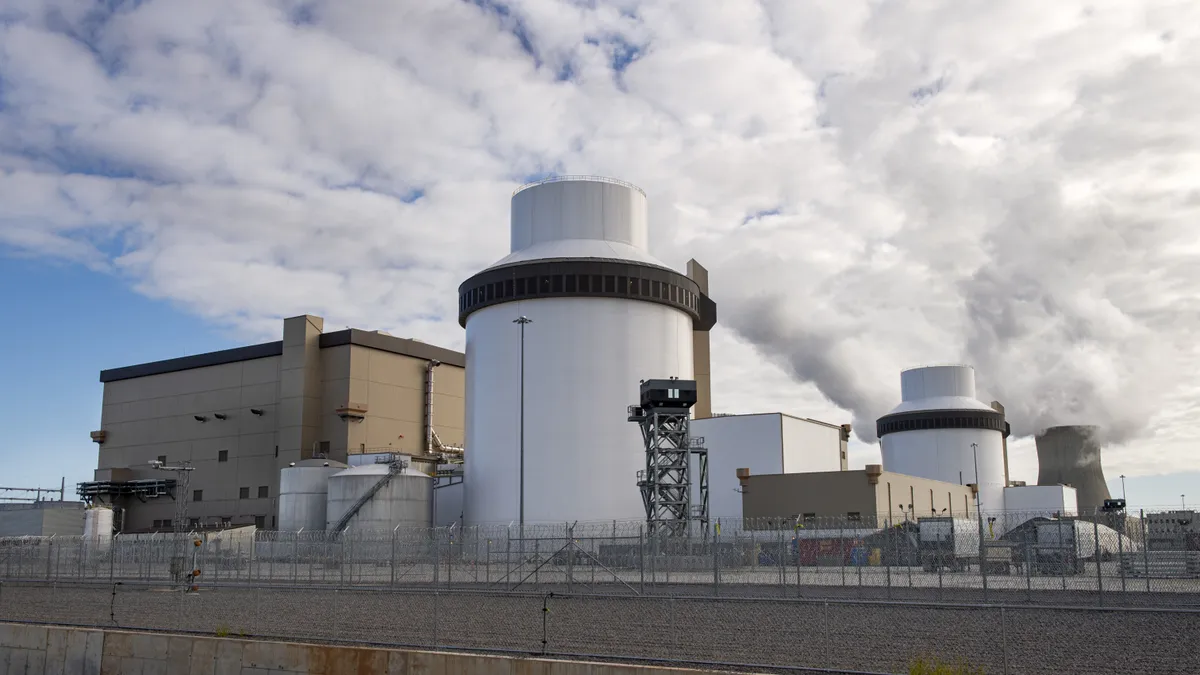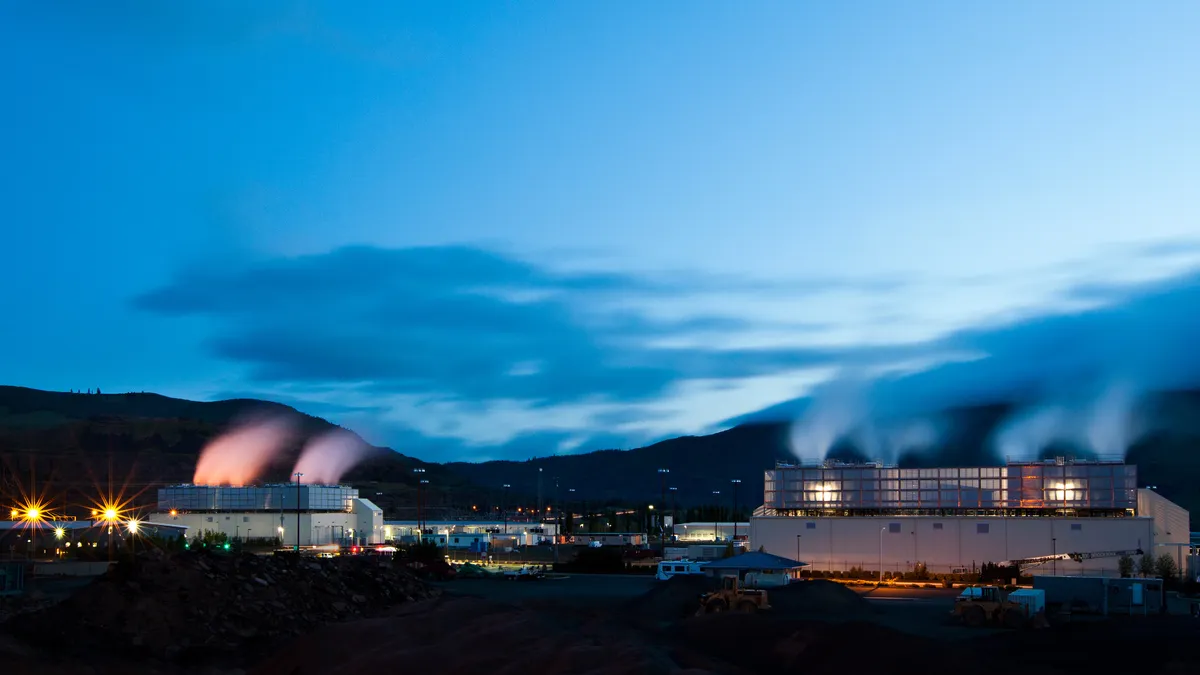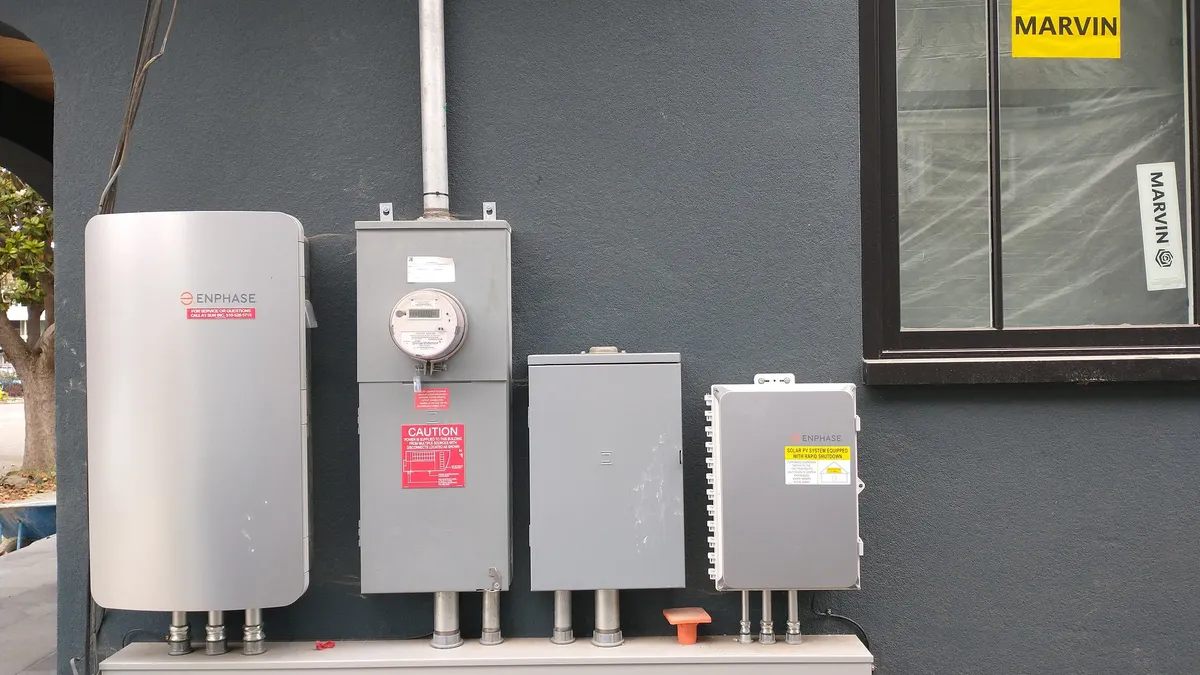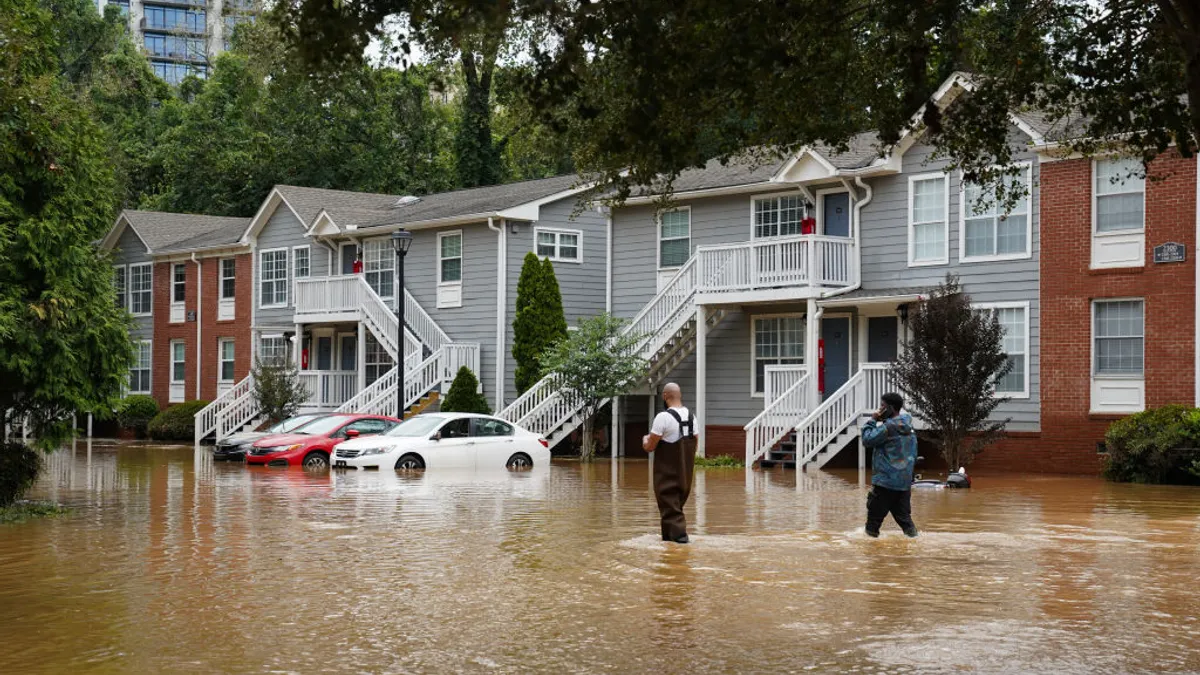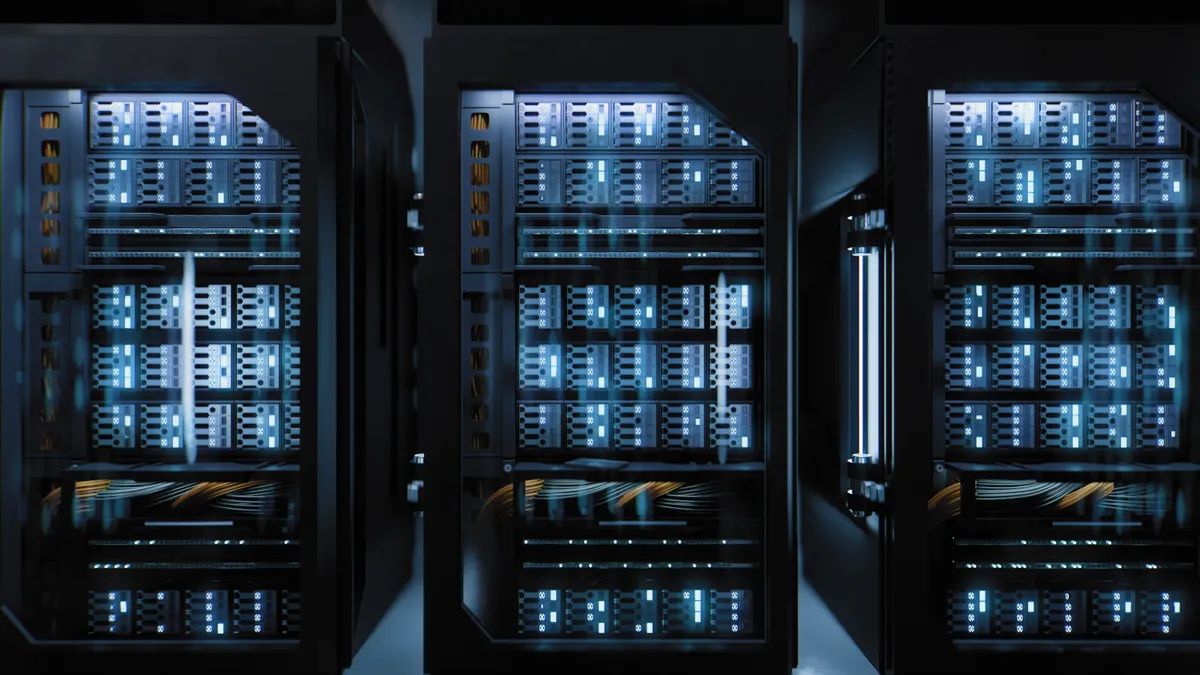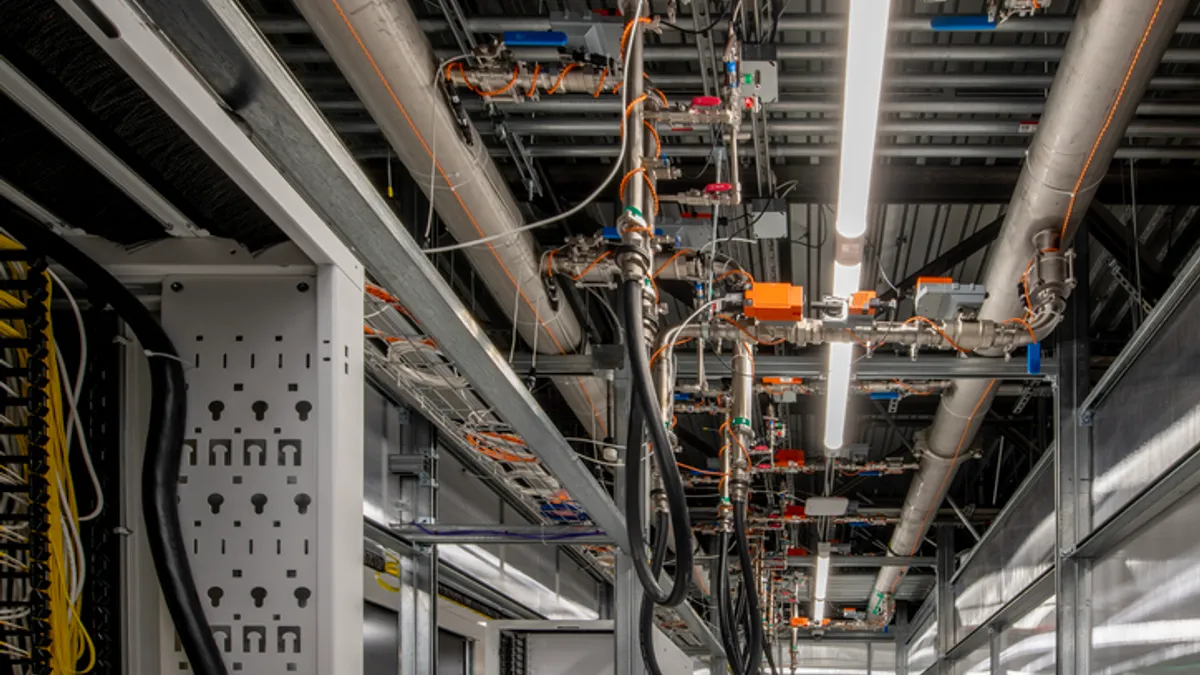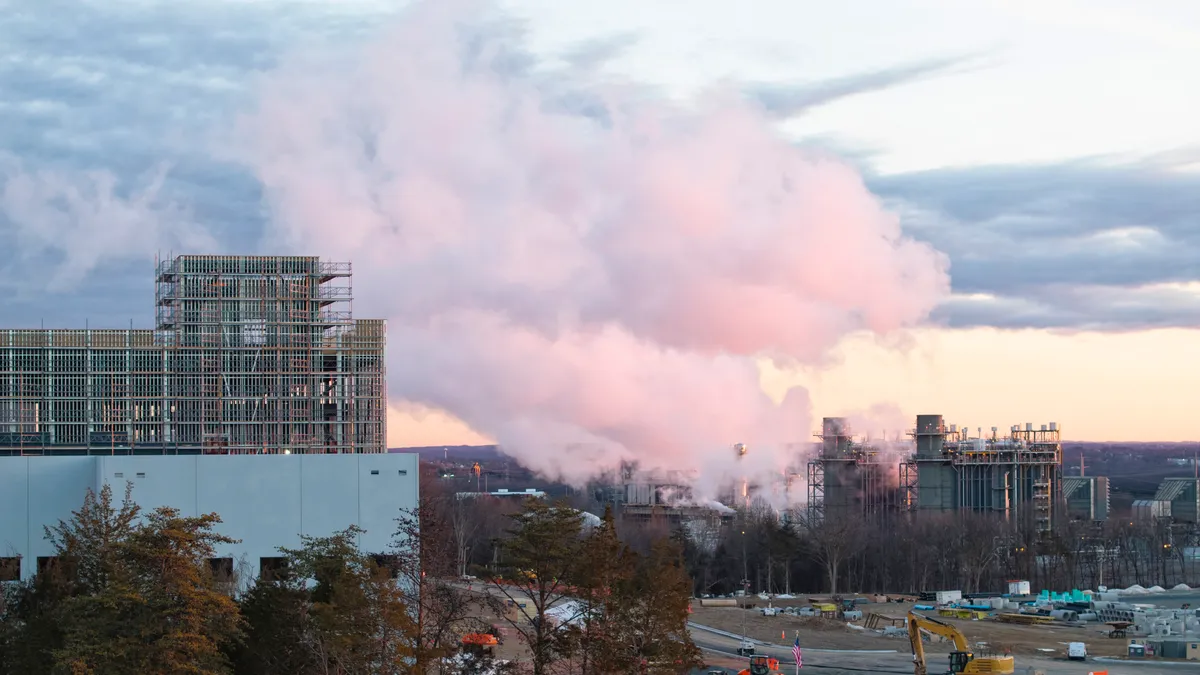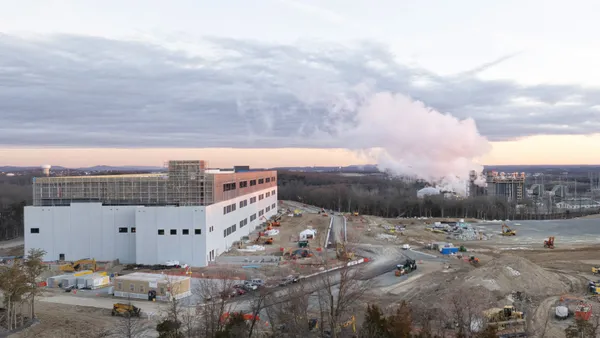What used to be considered distinct methods of modifying demand – energy efficiency, demand response, behavioral-driven load shifts – are increasingly coming together in customer facing programs. While the load and revenues associated may still be distinct for the utility, a key to engaging customers is in presenting a cohesive message they can act around.
“The customer experience is seamless,” said America Lesh, manager of energy efficiency programs for Baltimore Gas & Electric. “They don't need to know that these are separate programs. That's even true of the energy efficiency space. Customers want to pick something, set it and forget it.”
BGE runs a pair of demand response programs that operate in very different ways, but combine to give the utility control over more than 10% of its peak demand. On the one side is its Smart Energy Rewards program, a switchless behavioral program managed by Opower. And on the other is the PeakRewards program, a traditional switch-based water heater and air conditioning program.
Anyone with a smart meter – and BGE has just over 1 million on its system – is automatically enrolled in the Smart Energy Rewards program, which provides a $1.25 credit per kilowatt hour that customers reduce usage under their average. The PeakRewards program has about 320,000 customers enrolled, and provides bill credits in exchange for allowing the utility to cycle their air conditioner in June through September, or hot water heater from November to February.
“We do market them and explain then together, but we have to make sure the messaging is distinct,” Lesh said. “Customers do get confused.”
A customer in the PeakRewards program is also enrolled in Smart Energy Rewards, and can earn whichever bill credit is higher. The switch program controls 417 MW of peak load reduction, and the behavioral program averages 309 MW per event, Lesh said.
Because the programs are distinct, the utility in total controls more than 725 MW of peak load reduction. During a peak day in 2015, BGE customers consumed 6,507 MW.
PeakRewards won a Pacesetter award from the Peak Load Management Association last year, with the group citing BGE for its demonstrating “the ability for a residential demand response program to thrive over a period of years, make effective use of rapidly evolving technology, and do so while achieving a 92% customer satisfaction rate.”
The Smart Energy Rewards program has grown from 315,000 customers in 2013 to 750,000 in 2014, to more than 1 million now.
A plan to 'game-ify' demand response
BGE's behavioral demand response program, managed by Opower, is built on a concept simple enough that customers can accidentally earn credits. You could reduce your usage by chance, or be out of town and receive a bill credit.
Which should be a good thing, though Gina Calvert, BGE's product manager for behavioral demand response programs, says “there are folks that are concerned about free ridership. But the percentage is very low compared to the population and people truly taking action.”
BGE has worked with Opower since 2013 on its behavioral demand response program. According to Josh Lich, director of product marketing at the demand management company, Smart Energy Rewards “has been wildly successful. For starters, it’s the largest demand response program in the world.”
But more impressive than the million participants has been the reaction, says Lich. “Customers want to engage with BGE...while most utilities have email addresses for about 10% of their users, BGE has verified emails for more than half of its customers, in part due to this program,” he said.
And the utility has also seen positive engagement on Twitter and other social media channels, even office competitions to generate the largest savings.
“It's the feedback,” said Lesh. “We communicate before and after an event, and the instant gratification and understanding what their actions mean, is driving this.”
“The messaging around these events is definitely leveraging behavioral science. Having specific words trigger customer action,” Lesh said. “The competitive side and the engaging side of customer's human nature has really driven a lot of participation.”
And what “specific words” trigger a customer response?
“The word 'neighbor' strikes a chord,” said Calvert, triggering a competitive urge. And when it comes to results, “it sounds silly, but … when you get a smiley face, you are more driven to action.”
Looking ahead, Lesh said BGE will need to "keep programs fresh for customers, otherwise it gets stale, they tune out and do not engage." If the messaging - even the smiley faces - becomes common then it becomes ineffective.
The utility is also looking for ways to turn savings into a game, allowing customers to directly one another to spur on further savings.
On the PeakRewards, Lesh said programs will continue to transform. "You see the world of energy efficiency and demand response blending more and more." Down the line, if time variable rates were adopted, the program could morph into more of a critical peak pricing program, "encouraging customers to think about this year-round."



